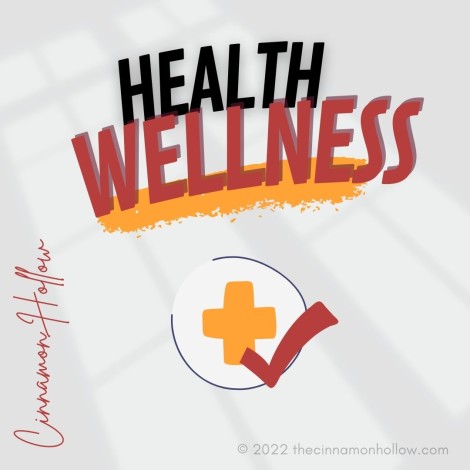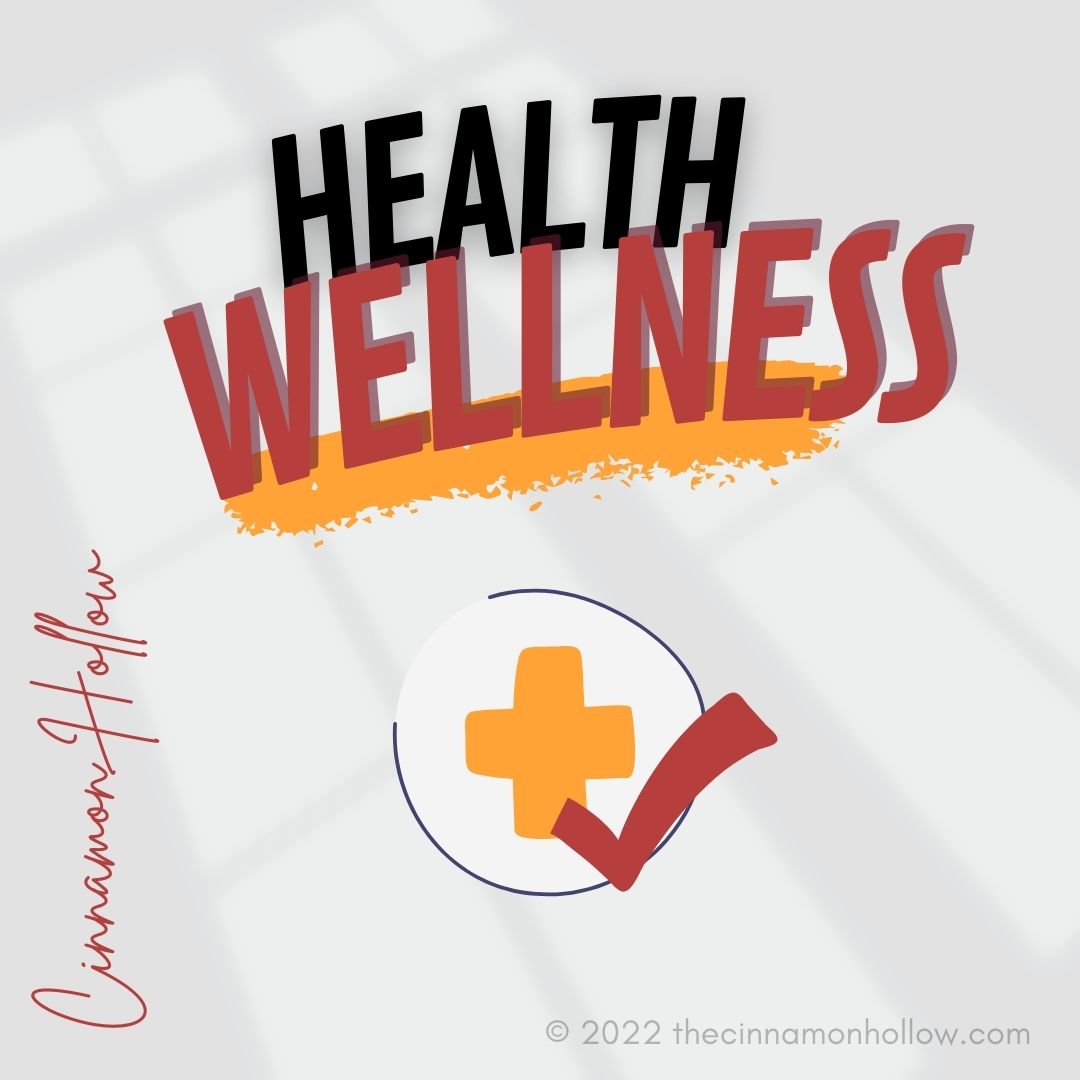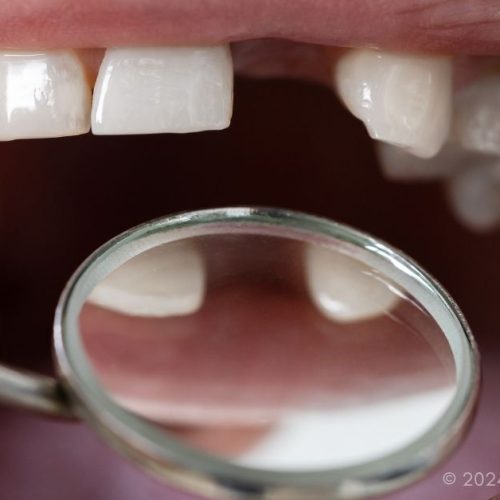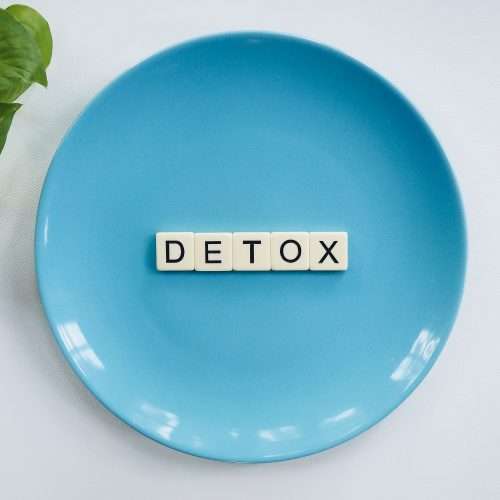Medical waste is any kind of waste that contains potentially infectious materials. This includes everything from sharps (used needles, syringes, etc.) to body fluids and tissues. Proper medical waste disposal is vital to protecting both healthcare workers and the general public from exposure to dangerous pathogens. The virus-preventing protocols being mandated on businesses due to Covid19 are establishing unprecedented circumstances: materials that were previously considered non-hazardous or innocuous could now necessitate proper medical waste disposal techniques.

What is Medical Waste?
Medical waste is any type of waste that has been used in healthcare or related activities or contains a hazardous substance. It may include things like:
- Needles
- Bandages
- Lab equipment
- Expired medications
- Bodily fluids
Proper management of medical waste is important because it can help reduce environmental damage and potential infection risks to both people and animals. Dumping medical waste without proper care poses serious environmental and health risks due to the number of biohazards associated with it. Regulations and guidelines for the proper storage, transport, and disposal must be followed to ensure that anyone coming into contact with medical waste stays safe from harm. If, for example, hazardous chemicals make up part of the waste, employers may wish to buy Chemical Storage Cabinets to keep things safely stored away until they are ready to be disposed. Disposing of medical waste appropriately should thus be taken seriously in order to prevent environmental contamination as well as possible infection.
How to Identify Medical Waste?
There are several streams of medical waste, which originate from various locations. To name a few:
- Healthcare facilities
- Pharmaceutical manufacturers
- Cosmetic clinics
- Research labs
- Veterinary clinics
- Dentists’ offices
These streams include infectious waste, chemotherapy waste, hazardous waste, non-hazardous or general waste, and sharps that can all contain hazardous materials. Identifying medical waste involves recognizing physical characteristics like color coding or special markings such as biohazard signs. In order to safely manage medical waste streams it is important for personnel to be aware of specific disposal processes for each type of medical waste, it is also called healthcare waste classification. It should also be noted that improperly discarded or disposed of medical waste can lead to significant contamination of air, water, and soil if not managed properly.
Medical Waste Disposal Methods
Properly disposing of medical waste is vitally important for maintaining public health and safety, as well as protecting the environment.
- Autoclaving:
Autoclaving is one method of disposal that involves subjecting medical waste to high-temperature steam to reduce the risk of bacteria, such as viruses and spores, surviving in the material.
- Incineration:
Incineration of biomedical waste is widely used for disposing of pathological and pharmaceutical waste, where incinerators reach sizzling temperatures up to a staggering 2,000 degrees F!
- Microwaving:
The same technology that powers microwaves are used in irradiation sterilization, a process that starts with the shredding and mixing of waste with water. Once this step is complete, all biological elements are neutralized through heating – enabling us to effectively disinfect our environment!
- Chemical disinfection:
Chemical Disinfection includes dousing contaminated materials in germicides so hazardous pathogens can be safely destroyed before disposing of the waste.
- Encapsulation:
Encapsulation is a process that coats infectious waste in a sealed layer while rendering it non-hazardous so it can then be disposed of without causing any harm.
Each of these three disposal methods has its own benefits and drawbacks depending on the type of medical waste being processed.
What is the difference between Autoclaving and Incineration?
The main difference between autoclaving and incineration is that autoclaving uses high temperatures to sterilize medical waste, while incineration involves burning materials at extremely high temperatures. Autoclaving exposes the medical waste to pressurized steam, which can effectively kill most bacteria and viruses, as well as spores in some cases. Incineration, on the other hand, uses extremely high temperatures to burn the medical waste until it has been completely destroyed. Both methods are effective ways of disposing of medical waste and ensure that any hazardous materials are eliminated before disposal. Furthermore, both autoclaving and incineration can reduce the volume of medical waste that needs to be disposed of, making them more efficient than other disposal methods. Ultimately, which method is chosen for medical waste disposal depends on the specific regulations and safety requirements of each facility or organization.
Which is the most effective method of medical waste disposal?
The most effective method of medical waste disposal depends on the type of waste and its hazardous level. Autoclaving is the most recommended form of waste disposal, as it offers complete destruction of all microorganisms without producing any toxic by-products. Other methods like chemical disinfection, and encapsulation are also viable options for disposing of medical waste, but they should only be used when autoclaving is not an option. Ultimately, the most effective method of medical waste disposal will depend on the type and amount of hazardous material present. Whichever method is optimal for the type of waste you have, it should go without saying you should only use a high quality delaware medical waste disposal service (or one elsewhere more relevant for you) in order to ensure that materials are handled with care and disposed of in a way that abides by all laws and regulations.
How to find a responsible medical waste disposal company
The most important factor to consider is the company’s compliance with all relevant laws and regulations, as improper disposal of medical waste can cause serious environmental and health problems. Additionally, it’s best to select a reputable company that has extensive experience handling sensitive materials. Look into the company’s safety procedures and protocols for transporting, disposing, and securely storing hazardous or dangerous materials. Finally, ensure that the company is properly insured for any unforeseen accidents or liability issues that could arise in the future. By taking these factors into account, you should be able to find a responsible medical waste disposal business that meets your needs.
Medical waste is anything that is contaminated with blood or body fluids, and it can pose a serious health hazard if not disposed of properly. You can help keep your community safe by knowing how to identify medical waste and choosing a responsible disposal company to destroy it. In conclusion, proper management and disposal of medical waste are essential for protecting the environment and human health from any hazardous materials. To ensure your safety as well as that of your community, it’s important to select a reputable company that understands all relevant laws and regulations, has extensive experience handling sensitive materials and follows strict safety procedures when transporting or storing medical waste.
We are not doctors and this is in no way intended to be used as medical advice and we cannot be held responsible for your results. As with any product, service or supplement, use at your own risk. Always do your own research before using.







